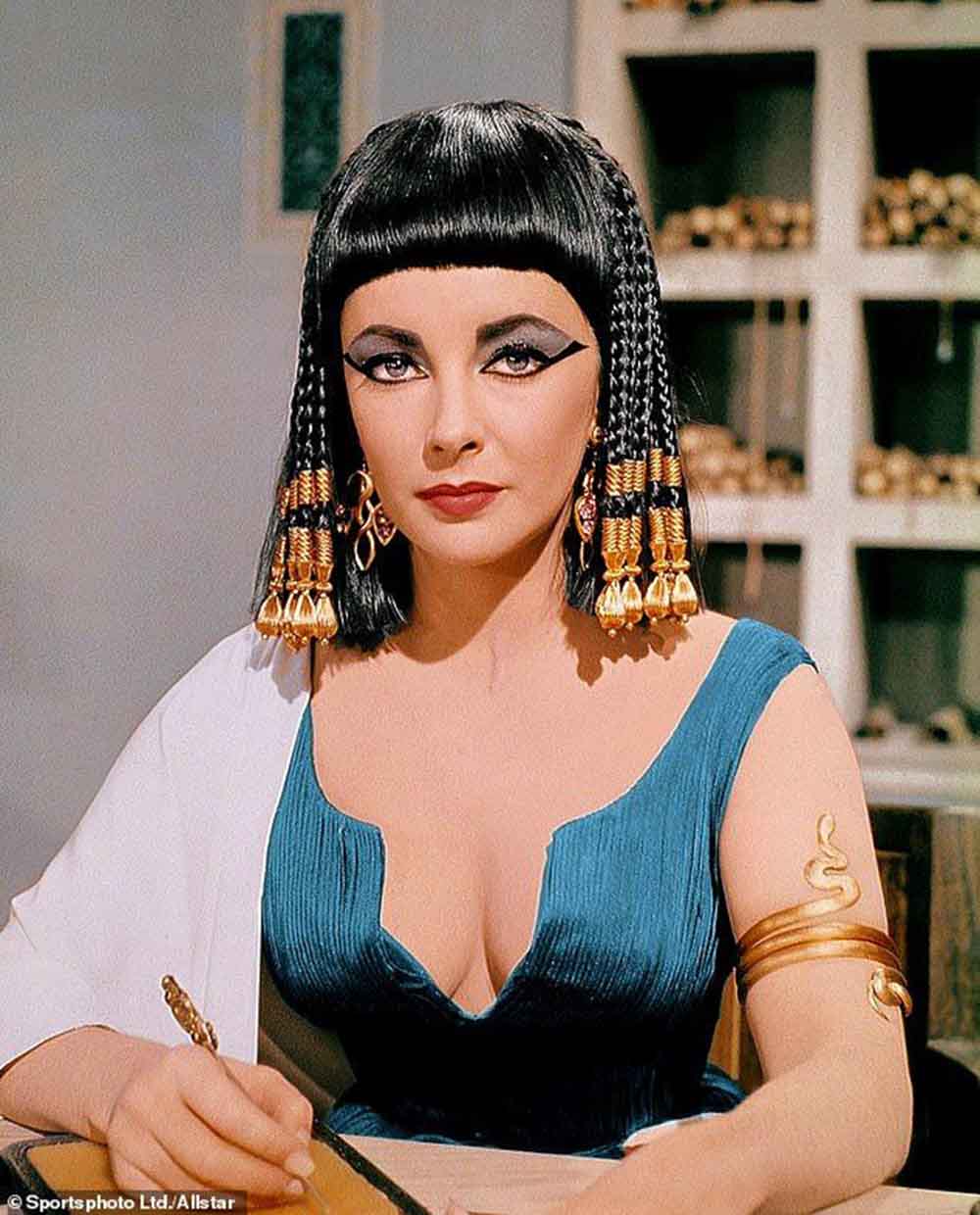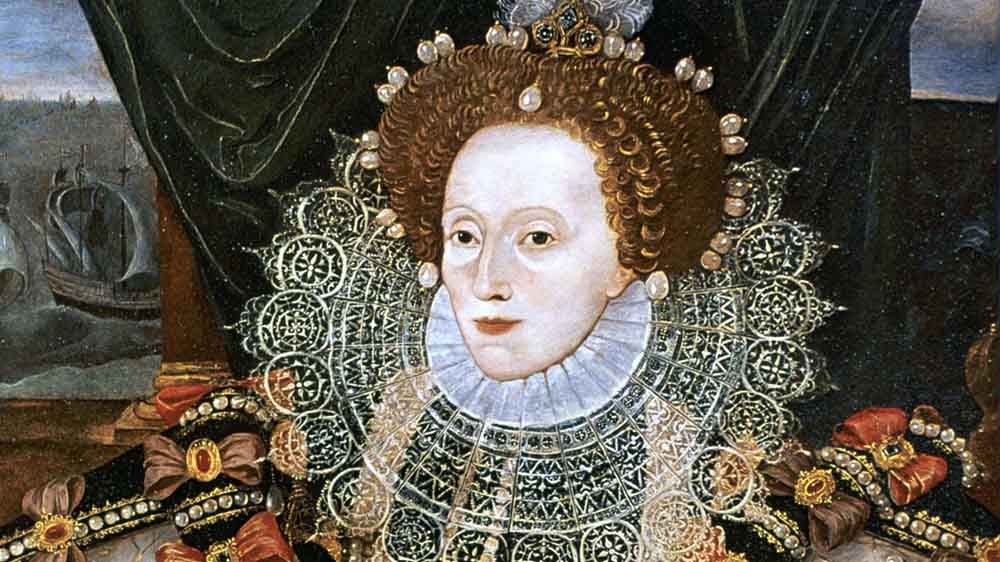The earliest lipsticks were crude mixtures made from available materials, used by both men and women. These early formulas were powdery, often mixed with dyes and applied with a brush. They resembled water-like consistencies rather than the solid, blendable forms we recognize today.

Mesopotamia and Precious Gems
Around 2500 BC, women in Mesopotamia began grinding precious gems into dust to decorate their lips, marking the first use of non-natural resources in lipstick production. This luxurious approach quickly spread, influencing makeup practices in other regions.

Egypt: Red Lips of Royalty
By 2000 BC, the practice had reached Egypt, where royalty and clergy experimented with various ingredients, including toxic substances, to create different types of lipstick. The classic red lip color became a symbol of power and status, with Cleopatra being one of its most famous wearers.

Innovations in Lipstick Production
Abu al-Qasim al-Zahrawi's Solid Lipstick
Between 8 and 12 AD, Abu al-Qasim al-Zahrawi, a notable figure in the history of cosmetics, created a solid lipstick by rolling perfume sticks into molds. This innovation made lipsticks more portable and practical.
The Advent of Commercial Lipstick
In 1884, the French cosmetic company Guerlain produced a commercial lipstick made from deer tallow, beeswax, and castor oil, packaged in silk paper. This development marked a significant step toward modern lipstick formulas.
The Swivel-Tube Lipstick
In 1923, Maurice Levy invented the first swivel-tube lipstick, revolutionizing its application and portability. This design became the standard, allowing for easy use and transport.
The Rollercoaster of Lipstick's Popularity
The Dark Ages and Legal Bans
During the 16th century in Europe, the Christian Church banned lipstick, associating it with pagan rituals. Lipstick was worn mainly by the lowest class, including prostitutes. The English Parliament even passed a law condemning lipstick-wearers as witches.

Queen Elizabeth I's Influence
Queen Elizabeth I's preference for bright red lips began to change societal attitudes. Her bold choice helped to overturn the negative views held by the church, and lipstick started to regain popularity.
Lipstick as a Symbol of Social Status
Class Distinctions
Throughout history, lipstick colours often indicated social status. Red was associated with high class, while purples were linked to lower classes. Men also wore lipstick, particularly in early Rome. However, by the 1890s, lipstick became predominantly a feminine product, reinforced by advertisements featuring women.
Toxic Ingredients and Safety Concerns
Early lipsticks often contained harmful substances. In Egypt, bromine mannite and iodide created a beautiful but deadly purple hue, earning the name "Kiss of Death." Lead and vermillion were common in the 1850s. It wasn't until the 1900s that regulations improved, reducing the presence of toxic chemicals.
Technological Advances and New Formulas
Long-Lasting Lipsticks
Paul Baudercroux's 1920s creation, "Rouge Baiser," aimed to be kiss-proof but was too effective, causing damage when removed. The first true, long-lasting, non-smear lipstick was developed by Hazel Bishop in the 1950s.
Colour Variety Explosion
The 1950s saw a surge in available lipstick colours, moving beyond red and purple to include pinks, whites, and blacks. This era's starlets like Marilyn Monroe popularized vibrant red lips, while subcultures like goths embraced darker shades.
Modern Innovations and Trends
Flavoured and Customizable Lipsticks
The introduction of flavoured lipsticks by Lip Smackers created a new trend. Today, companies like Bite Beauty offer customizable and edible lipsticks, while colour-changing formulas emerged around 2016, showcasing significant advancements.
Natural and Nourishing Formulas
Modern consumers demand lipsticks that offer style, comfort, long wear, and nourishment. Today's lipsticks often include natural ingredients, moisturizers, and vitamins, reflecting a shift towards products that enhance personal healthcare and expression.
From its primitive origins to its current status as a beauty staple, lipstick has undergone significant transformations. It remains a symbol of freedom, style, and personal care, allowing individuals to express themselves in a non-permanent and versatile way.